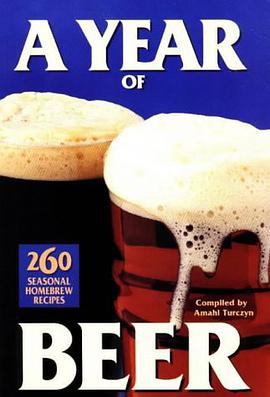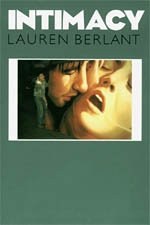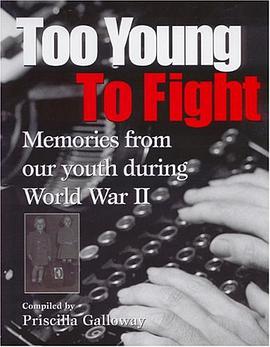

On March 11, 1990, the newly-elected Supreme Soviet of the Lithuanian SSR formally declared the restoration of the Republic of Lithuania as an independent state, ending a half-century of Russian Soviet rule. The least industrialized of the Baltic states, Lithuania's economic mainstays have long been agriculture and food processing, with the development of industries such as electronics, wood processing and petroleum refining occurring only in the 1960s and 1970s. Its political isolation during the last half-century has led many people to forget that the country is as "European" as France and Italy, and has, in fact, played a major role in the general development of Europe during its political and cultural alliances with Poland as well as its Orthodox, eastern Slavic, Russian, Ukranian, and Belarusan neighbors. Lithuania played roles in the development of major movements such as the Renaissance, the Reformation, Romanticism and democracy. These interactions with other countries have influenced Lithuanian's cultural development into one of the most multinational in Europe. The Historical Dictionary of Lithuania attempts to introduce the non-specialist to the most important mileposts of Lithuania's past. Present-day spellings of place names are utilized in accordance with those used by the National Geographic Society, and alternate versions which occur frequently in literature are referenced. Appendixes provide pronunciation guides, lists of Lithuanian rulers from 1251-1795, and political leaders since 1918. Four maps and a detailed chronology provide further background information.
具体描述
读后感
评分
评分
评分
评分
用户评价
相关图书
本站所有内容均为互联网搜索引擎提供的公开搜索信息,本站不存储任何数据与内容,任何内容与数据均与本站无关,如有需要请联系相关搜索引擎包括但不限于百度,google,bing,sogou 等
© 2025 book.wenda123.org All Rights Reserved. 图书目录大全 版权所有




















